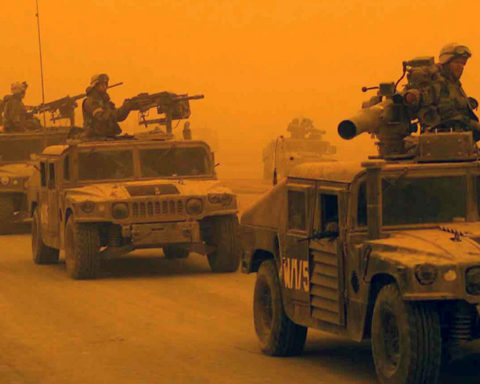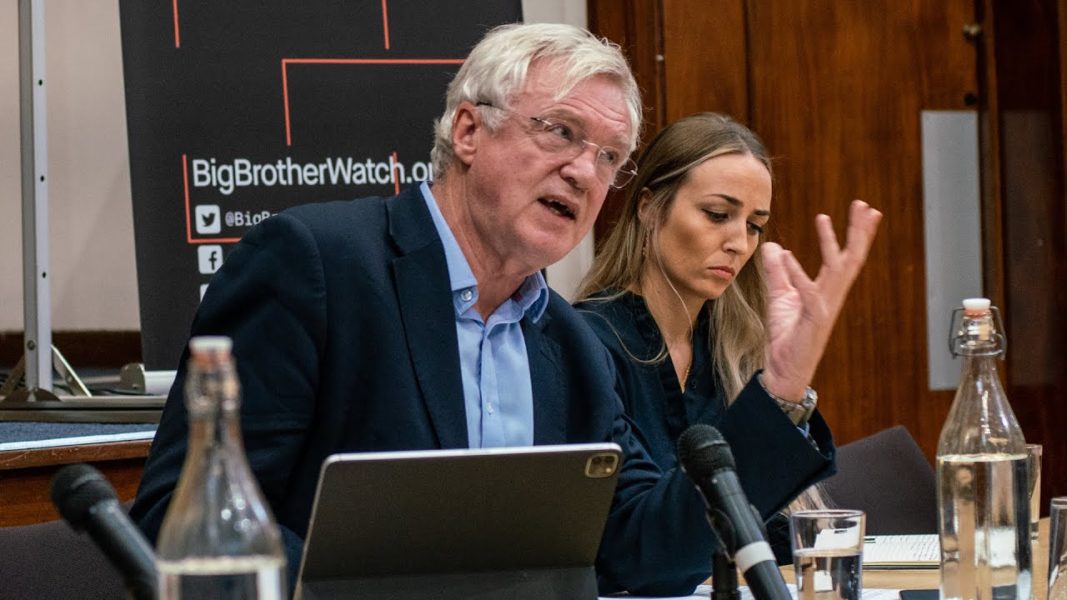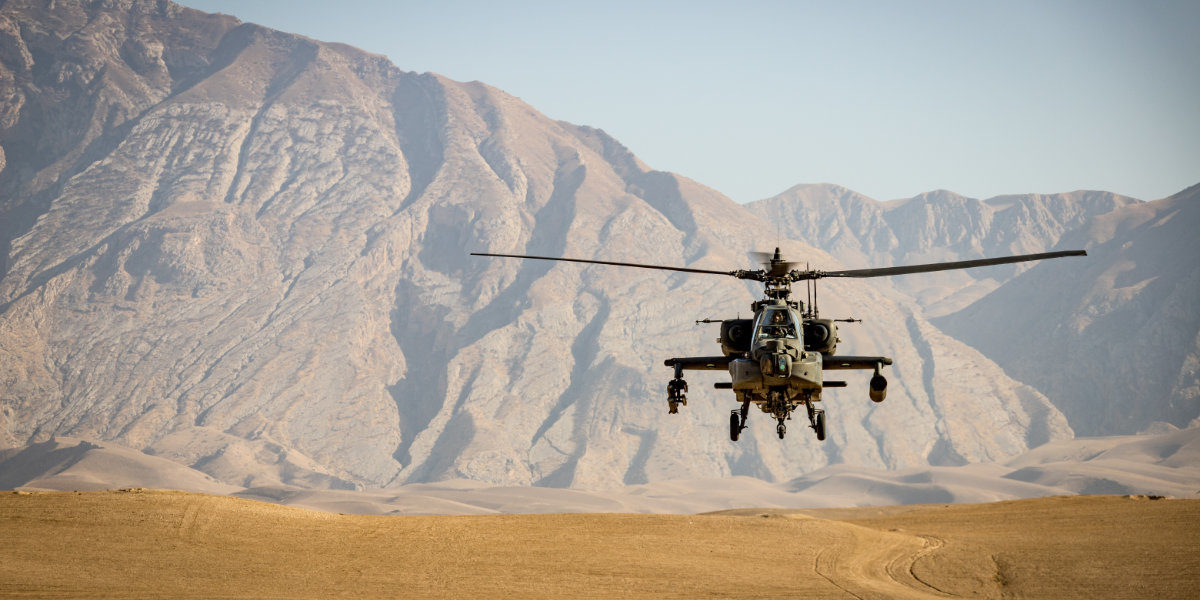Everyone except the military industrial complex lost the ‘war on terror.’
With the final withdrawal of U.S. troops from Afghanistan and the Taliban’s return to power, the unwinnable nature of the U.S. war in Afghanistan is increasingly obvious to Americans across the political spectrum. That’s probably one reason why over half of Americans support Biden’s decision to withdraw from Afghanistan even while disapproving of the handling of the withdrawal, according to a Pew Research poll released on Tuesday.
There will be inevitable finger-pointing for why three successive U.S. presidents continued the war in Afghanistan despite public reports and the congressional testimony from the Special Inspector General for Afghan Reconstruction, or SIGAR, casting serious doubts on the viability of efforts to nation-build in Afghanistan.
Indeed, the United States paid a high price for these mistakes — the Cost of War Project at Brown University estimates that the war in Afghanistan cost U.S. taxpayers $2.3 trillion to date and resulted in the deaths of 2,324 U.S. military personnel, 4,007 U.S. contractors and 46,319 Afghan civilians — but those costs weren’t shared by everyone.
Taken as a form of investment in procuring lucrative Pentagon contracts, the top five weapons firms earned $1,813 in Pentagon contracts for every dollar spent on lobbying.
While the American people financed the war with their tax dollars, and in some cases their lives, the top five Pentagon contractors enjoyed a boom in growth in federal contracts over the course of the war in Afghanistan. Stephen Semler, co-founder of the Security Policy Reform Institute, found that Congress gave $2.02 trillion to the top five weapons companies — Raytheon, Lockheed Martin, General Dynamics, Boeing and Northrop Grumman — between 2001 and 2021.
And between 2002 and 2020, federal funding for those five weapons companies grew by 188 percent.







